Botswana travel tips
Botswana travel tips: Landlocked in southern Africa, is known for its stable democracy, diverse wildlife, and the iconic Okavango Delta.
Districts 🌎
Botswana travel tips. Here is a list of all the districts of the Botswana.
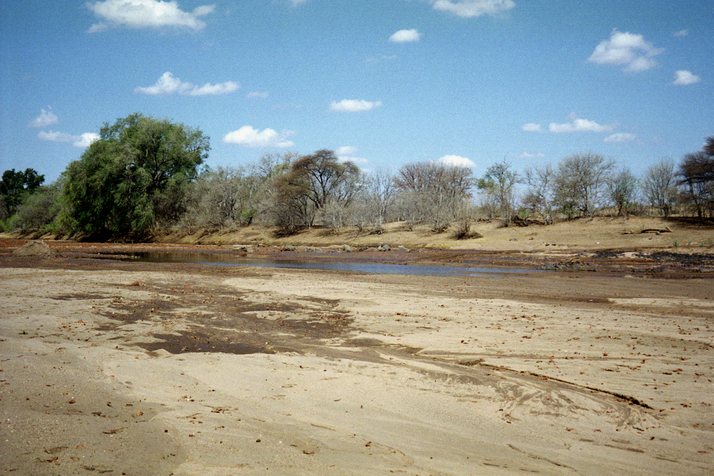
Central District

Chobe District
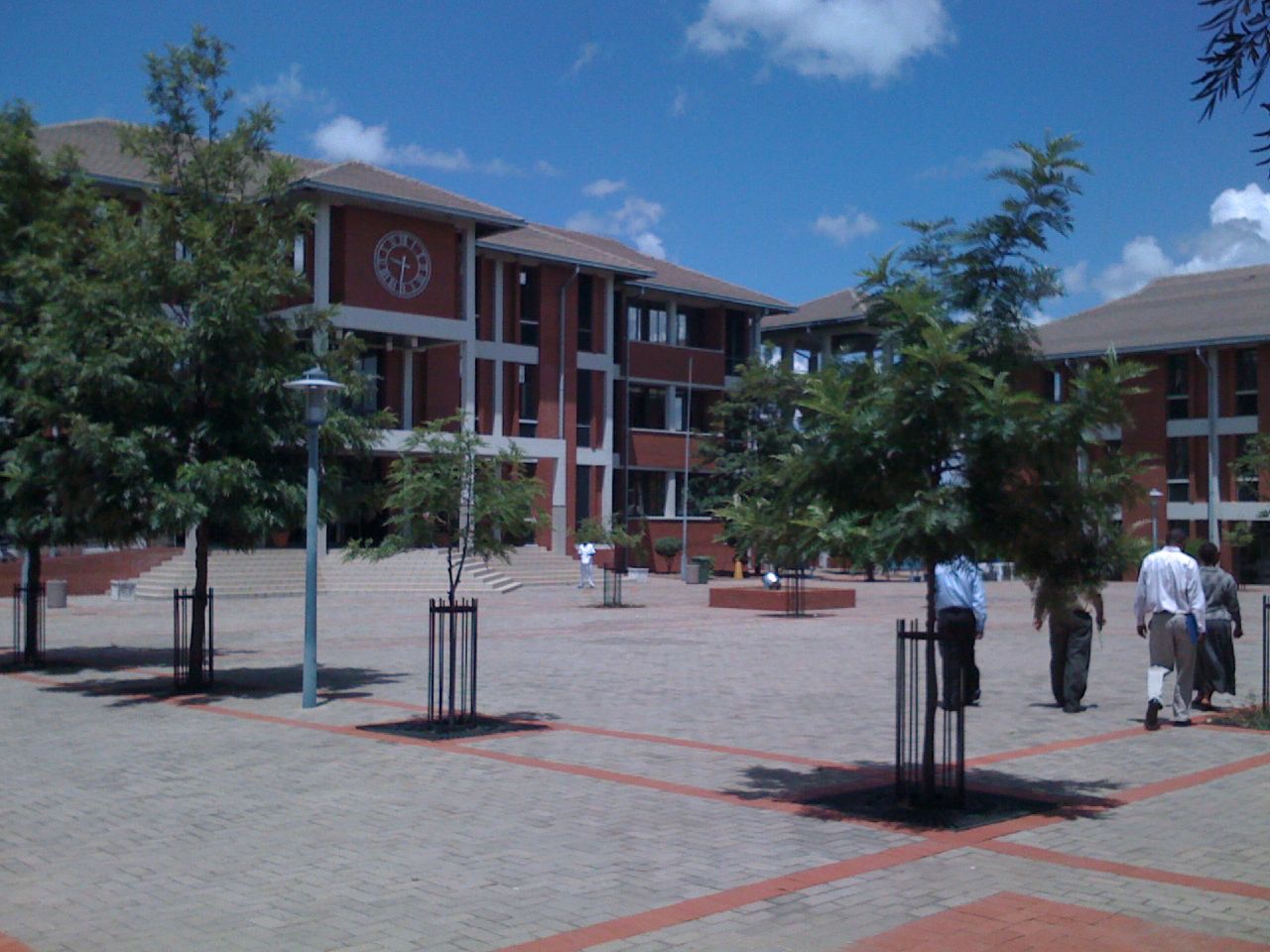
Francistown District

Gaborone District
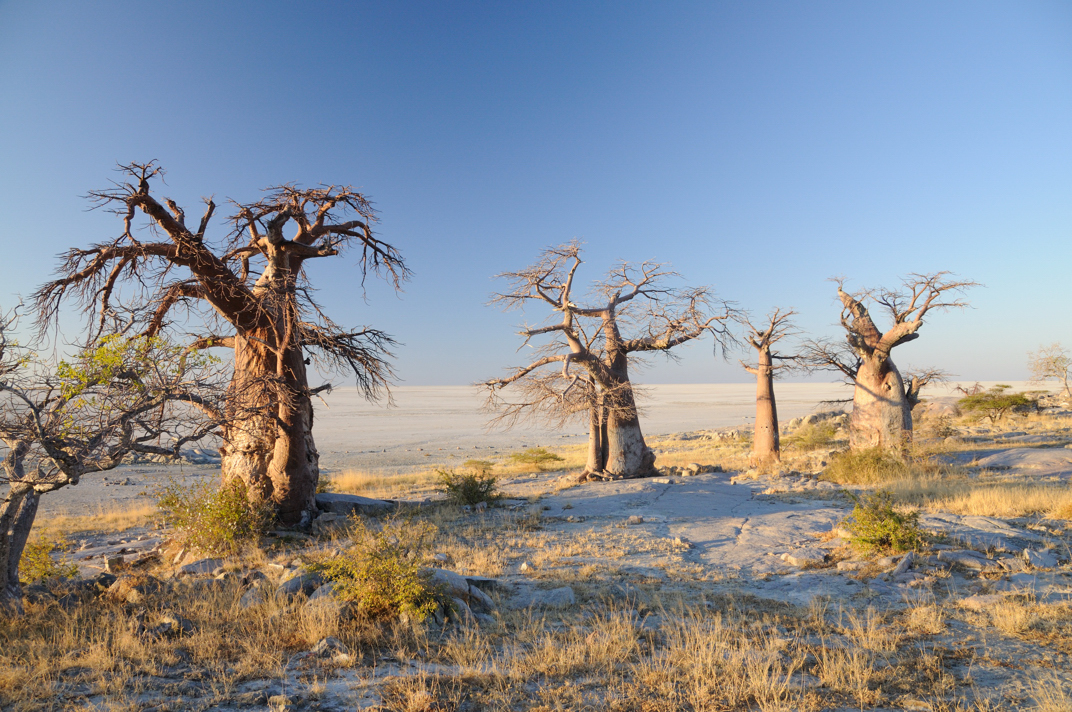
Ghanzi District

Kgalagadi District
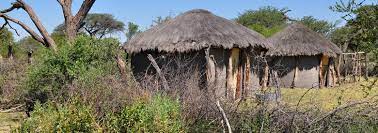
Kgatleng District
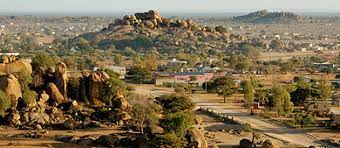
Kweneng District
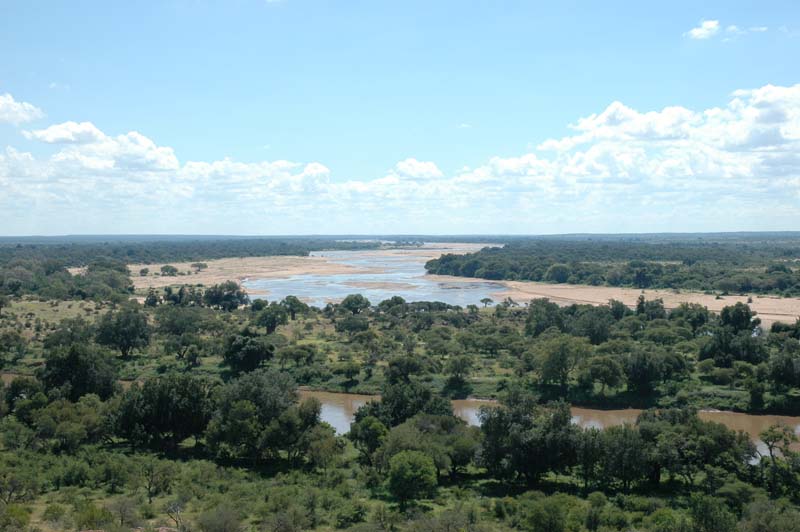
North-East District

North-West District
Before you go 🛩
Important information you should know before your trip
Info
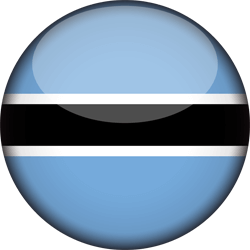
Capital | Gaborone
Flag Codes:
ISO alpha-2 BW,
ISO alpha-3 BWA
Currency
Badge | Botswana Pula
CODE | BWP
NUMBER | 072
SYMBOL | P
FRACTION | tebe
Mobile Coverage
Dialing Code | +267
SIM Card
Coverage | 3G / 4G / 5G |
Mobile Networks |
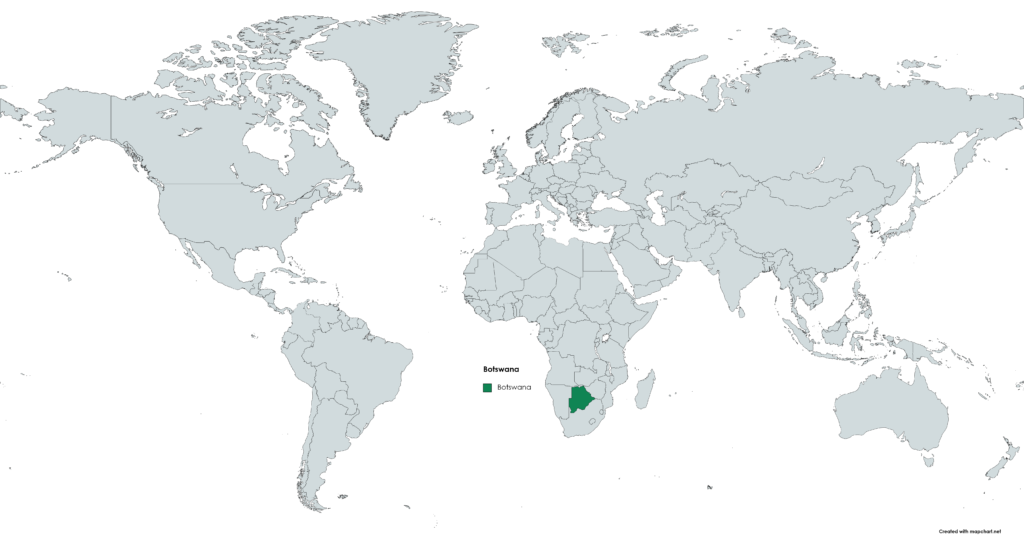
Location
Botswana is a landlocked country located in southern Africa. It is situated in the southern part of the African continent, bordered by several countries: Namibia to the west and north. Zambia to the north. Zimbabwe to the northeast. South Africa to the south and southeast.
Botswana’s geographical coordinates place it roughly between latitudes 22 degrees and 26 degrees south and longitudes 20 degrees and 30 degrees east. The country’s capital city is Gaborone, which is situated in the southeastern part of the country, near the border with South Africa. Botswana is known for its relatively stable political environment, diverse wildlife, and natural landscapes, including parts of the Kalahari Desert in the western and central regions.
Currency
The currency of Botswana is the Botswana Pula, abbreviated as BWP.
The word “Pula” means “rain” in Setswana, which is the national language of Botswana, and the currency was named as a symbol of blessing and prosperity. The Pula is further subdivided into 100 thebe.
Banknotes and coins of various denominations are used for everyday transactions in Botswana.
Languages
The official languages of Botswana are English and Setswana (also known as Tswana). English is used for administrative and official purposes, while Setswana is the national language and is widely spoken by the majority of the population. Setswana is used in daily communication, education, and various aspects of public life in Botswana. In addition to these two languages, there are also various other languages spoken by different ethnic groups within the country, but English and Setswana are the most prominent and widely used.
Climate 🌡
Botswana experiences a largely semi-arid to arid climate, characterized by hot and dry conditions for much of the year. The climate can be broadly classified into two main seasons: the dry season and the wet season.
Dry Season:
The dry season typically runs from April to October.
During this period, Botswana experiences low rainfall and hot temperatures.
Daytime temperatures can soar, especially in the Kalahari Desert region, often exceeding 30 degrees Celsius (86 degrees Fahrenheit) and occasionally surpassing 40 degrees Celsius (104 degrees Fahrenheit).
Nighttime temperatures can drop significantly, especially in the desert areas.
This is considered the best time for wildlife viewing, as animals congregate around water sources due to the scarcity of water in the bush.
Wet Season:
The wet season occurs from November to March.
This period brings higher temperatures and increased humidity.
Botswana experiences sporadic heavy rainfall during this time, which can lead to localized flooding, particularly in the northwestern regions.
Daytime temperatures are warm, ranging from 30 to 35 degrees Celsius (86 to 95 degrees Fahrenheit).
Nights are generally milder compared to the dry season.
The wet season is also the birthing season for many animals, and the landscape becomes lush and green.
It’s important to note that the climate can vary across different regions of Botswana. The northern part of the country, near the Okavango Delta, tends to receive more rainfall and has a more pronounced wet season compared to the southern and western desert regions, which remain drier throughout the year.
Botswana’s climate is also influenced by the annual movement of the Inter-Tropical Convergence Zone (ITCZ), which affects the timing and amount of rainfall in the country. Overall, the climate of Botswana plays a significant role in shaping its unique ecosystems and wildlife patterns.
Botswana travel tips
If you’re planning a trip to Botswana, here are some travel tips to enhance your experience:
Tipping Culture:
Tipping is appreciated; check if service charges are included in bills and adjust accordingly.
Rainy Season Magic:
Experience the green season (November to March) for lush landscapes, birdwatching, and unique photography opportunities.
Makgadikgadi Pans:
Discover the vast salt pans; witness the otherworldly landscapes and seasonal migrations.
Kasane Sunsets:
Enjoy breathtaking sunsets over the Chobe River in Kasane for a picturesque end to your day.
Transportation:
Use reputable tour operators for inter-camp flights and explore the country’s vastness efficiently. View Guide.
Wildlife Extravaganza:
Head to Chobe National Park for exceptional game drives, encountering elephants, lions, and diverse wildlife.
Okavango Delta Delight:
Experience the unique Okavango Delta on a mokoro ride, immersing in nature’s wonders.
Enjoy your time in Botswana!

The best of the best
Botswana, located in southern Africa, has a cuisine that reflects its cultural diversity and the availability of ingredients in the region.
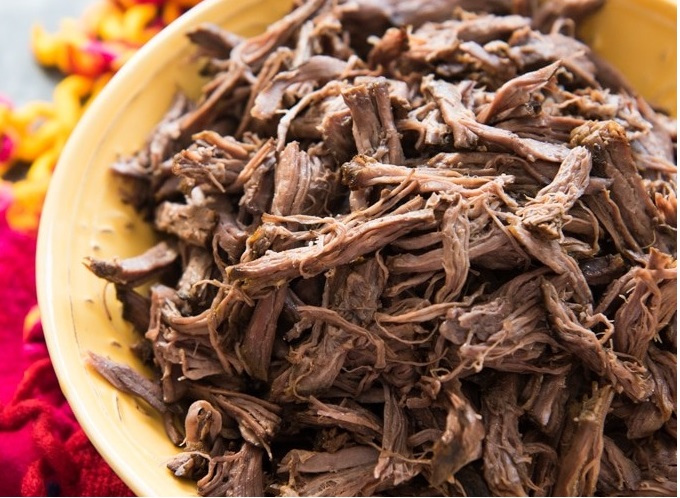
Seswaa
This is a classic Botswana dish made from slow-cooked, shredded beef or goat meat. It’s often served with pap (maize porridge) and vegetables.
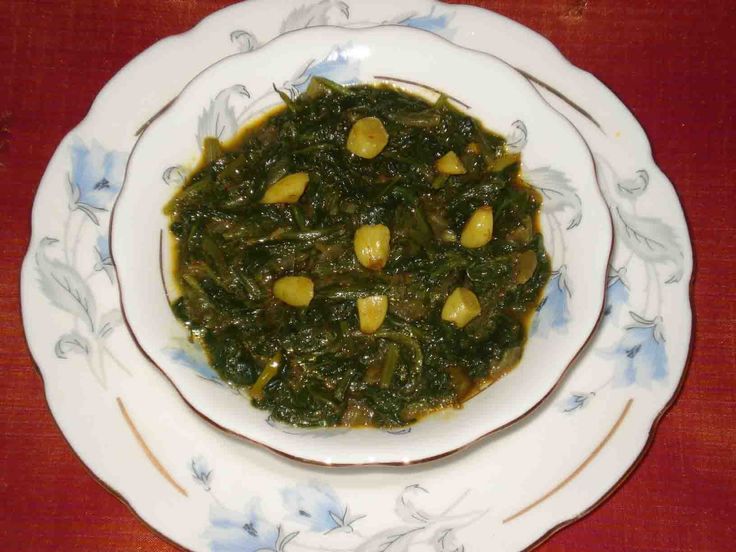
Morogo
This is a type of wild spinach that is commonly used in traditional dishes. It is typically sautéed with onions and tomatoes.

Dikgobe
A traditional dish made from beans, often cowpeas or sugar beans, and cooked with spices and sometimes meat.
While modernization and urbanization have brought a variety of foods to the country, traditional Botswana cuisine often includes the following typical foods:
Milk and dairy: Milk and dairy products, like sour milk and yogurt, are used in some traditional dishes and beverages.
Sorghum: Sorghum is a staple grain in Botswana and is used to make porridge, known as “bogobe.” It is often served as a side dish with various stews and vegetables.
Meat: Botswana is known for its meat dishes, with beef being the most popular. Dishes like “seswaa” (pounded beef) and “serobe” (tripe) are traditional favorites. Game meat, such as venison and ostrich, is also consumed, especially in rural areas.
Chicken: Chicken is a widely consumed meat and is often prepared in various stews and curries.
Mopane Worms: These are a type of caterpillar found on mopane trees and are a popular delicacy in Botswana. They are typically dried and rehydrated before being cooked in a stew or fried until crispy.
Vegetables: A variety of vegetables are used in Botswana cuisine, including leafy greens like spinach and cabbage, as well as pumpkin and beans. These are often prepared as side dishes.
Samp: Similar to porridge, samp is made from crushed maize kernels. It’s a staple food and is often served with meat and vegetables.
Botswana’s cuisine reflects its heritage and the availability of ingredients in the region. While traditional foods remain important, urbanization has also led to the incorporation of more diverse and international cuisine into the country’s culinary scene.
Transportation 🚥
More information about this country
Choose your destination 📍🗺
Useful Links ✅



